WP7 is focused on the communication and dissemination of the CHIC
project. Communication means any activity aimed at defining the messages, the
audiences and the means to use in order to have the maximum possible impact for
the project. Dissemination consists of sharing research results with potential
users, in order to contribute to the advancement of science. To maximize the
impact and success of the project it is necessary that both communication and
dissemination are fully aligned. This implies good mechanisms for identifying
results, adequate management of the protection of the IP, defining
communication strategies for each result, and once it has been communicated,
there is a need to measure impact in order to have a continuous improvement.
In CHIC we have a specific communication plan per type of audience. These
are: researchers, industry and farmers, policy makers, consumers. A great
effort is being made to reach all these groups in terms of the type of language
and the tools to be used.
Consumers are a very sensitive group in CHIC. The main objective is to
provide them with the right arguments so they can make informed decisions about
whether or not a food produced using gene editing techniques is healthy and
sustainable
To this end, partners are being very active participating in different types of events where interesting discussions on new plant breeding techniques are being held.
During the 20th and 21st of July 2019, the CRISPRcon conference was organized by Wageningen University and Research and the Keystone Policy Centre in Wageningen, The Netherlands. The objective of the conference was to foster discussions about the future of CRISPR and related gene editing technologies across a variety of applications in agriculture, health, conservation and more. Researchers, industrial representatives, consumer organizations, organic farmers, traditional farmers, patients’ organizations, policy makers, EC representatives, environmental associations and students, took part in the conference.
It was interesting to see that many of the
topics that were discussed at CRISPRcon are addressed by CHIC such as the
importance of hearing diverse voices, regulation of process or product, traits
that are beneficial for consumers, large scale (staple crop farming) versus
small scale local farming, access to CRISPR technology (IP and patents), safety assessment, regulation and who
decides.
The biennial international Fascination of Plants Day (FoPD) is an event encouraging people from around the world become fascinated and enthusiastic about plants. Coordinated by the European Plant Science Organization (EPSO), it takes place globally on May 18, every uneven year since. In 2019, for it’s fifth edition, FoPD was a huge success. If you want to know more, please press on this link
Some partners have presented the CHIC project
in the European Researchers Night. It was a great success because very nice
experiments were made with children and their families.
Figure 1: CHIC Project in European Researchers Night in Serbia
Figure 2 and 3: CHIC project at European Researchers Night in Italy
During October 2018 CHIC was invited to participate in the Euronews Science Program “Futuris”. After two intensive days shooting and making interviews in Wageningen University, Key Gene and Sensus, the documentary and a special bonus track made to the project coordinator were on air on October 14t. Both videos have received more than 10.000 visits in our CHIC youtube channel.
Art& Science activities
Art& and Science activities started in 2019 and it is expected that very nice pieces of artwill be developed by our outstanding artists during 2020.
Artists Anna Dumitriu and Alex May are working with CHIC Consortium members to develop a new sculptural and bio-digital installation entitled “Biotechnology from the Blue Flower” and will be spending time on site with consortium members over the life of the project. In 2019 the artists attended the consortium meeting in Madrid and have been working with chicory roots in their studio, and in February 2020 they will be visiting Wageningen Plant Research, Sensus and KeyGene as part of their research with more visits to come. If you want to know more press on the link
Jill Scott and Marile Hahneare developing “AFTERTASTE”. It is an art and science project that aims to stimulate reflection for different public audiences. The project is based on the health of the human olfaction and gustatory systems and the feedback between these systems and the content is based on the primary and secondary compounds found in the chicory root. If you want to know more about the work being developed by Jill and Marile please go to the following article.
Training Activities
With the University Carlos III of Madrid, in concrete with the “Interactive Systems Group”, CHICK is developing an educational and interactive game for CHIC project. During 2020 “MyCHIC Farm” is expected to be released. The plater (“the farmer”) have to consider how to improve his farm, having to decide to continue with the classic chicory crop production or to use biotechnology to improve the yield and to bring out new products that are more beneficial to society and for the economic performance of his farm. He will face numerous problems such as pests, droughts, regulations, price changes in the market… New technologies (virtual and augmented reality) will be used and will be presented at different schools and events related to education and science for and with society.
Training programmes will be launched in 2020 for young researchers
(university, phd and post doc) as well as farmers and workers in the sector who
may be interested in the results of the project.
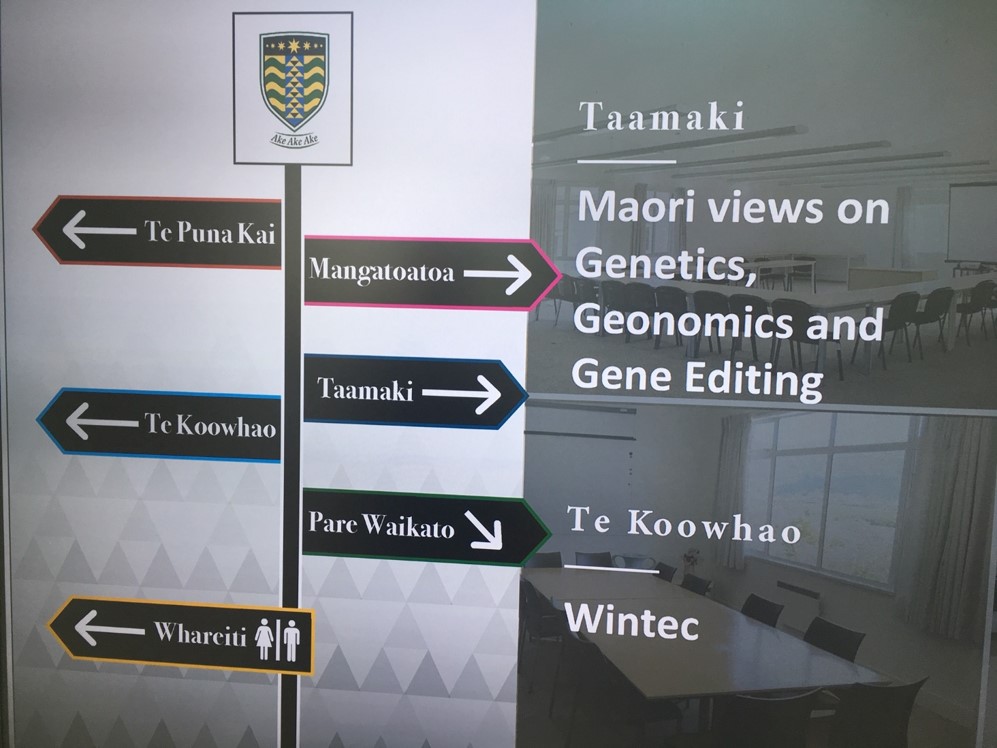









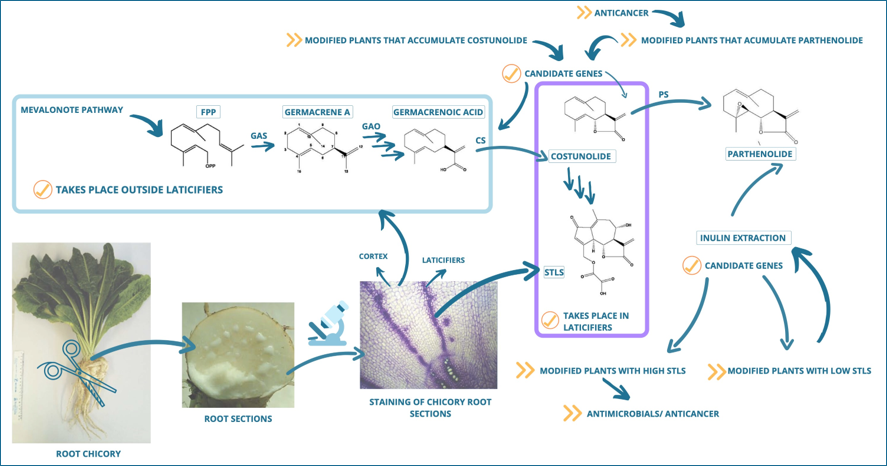

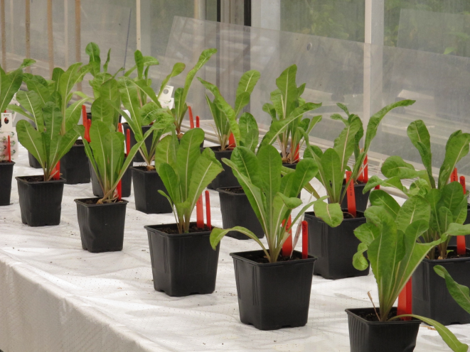
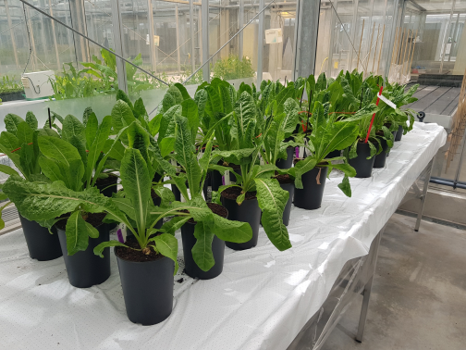
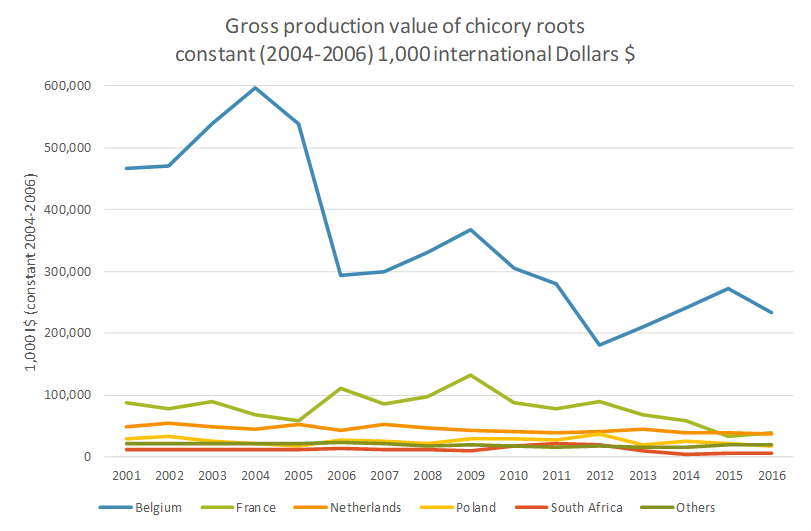
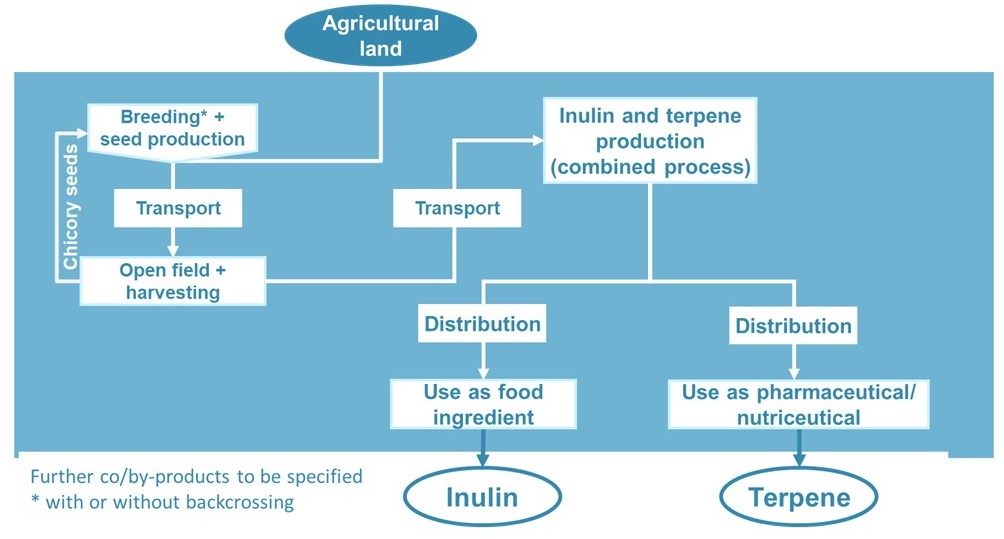
 This project has received funding from the EU Horizon 2020 research & innovation programme under grant agreement N. 760891.
This project has received funding from the EU Horizon 2020 research & innovation programme under grant agreement N. 760891.